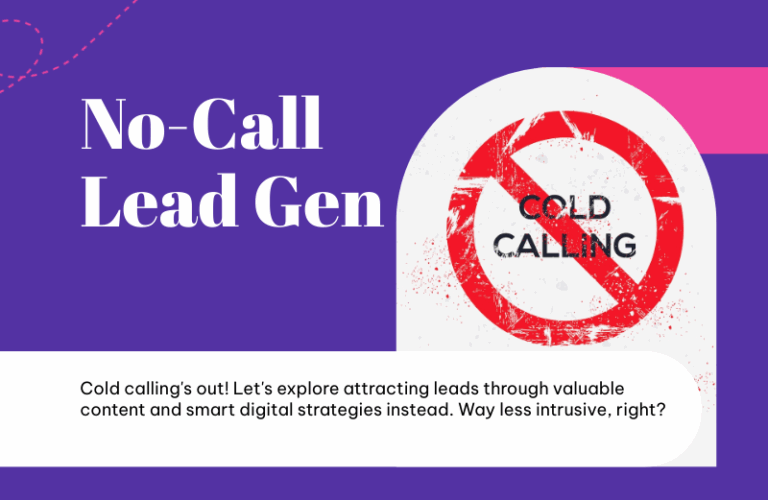
With mobile technology, omnipresent email, and a flood of content, your leads are more knowledgeable than ever about their options. Their decision-making process is streamlined too, and by the time they contact you, they may already be miles into their buying journey. B2B businesses must keep up with the accelerated pace their leads have set. In other words, you not only need to locate the right customer, but you also have to catch that lead at the right time with your message.
Fortunately, marketing technology now lets you look in on your leads and discover how sales-ready they are – but only if you know enough about them. To know when it’s the right time to approach your leads with content or calls to action, you first need to know who they are and when they got there.
Finding the Right Lead for Your Message
Marketers spend a great deal of time and creative energy to shape the right message for their leads, but it’s just as important to find the right leads for a message. Cost per lead in B2B sectors can run exponentially higher than it does for their B2C counterparts. It’s essential, then, to target the most sales-ready leads with precision and accuracy while developing promising leads’ interest and readiness through nurture programs. To get a better handle on your leads, it’s useful to look at the data that represents them.
First-party data includes everything your lead has volunteered through filling out subscription forms, answering surveys, requesting information, making purchases, and other direct interactions with you. It also encompasses all the data you collect and store internally, such as site visit data, download information, and service records in your CRM. What leads tell you about themselves directly is vital information, but it’s only part of the story. To learn more, you have to put the information in context with third-party data.
Third-party data comes from external sources and includes everything from third-party mailing lists to relational database access used to verify and enhance the information you have on leads. With it, you can discover details about your prospects that will help you meet their needs at precisely the right time. For example, your transactional records might not include an email address, but data enhancement can retrieve that for you and combine it with a lead’s first-party behavioral data to let you email a special offer when your prospect’s most ready to learn about it.
Right-Time Marketing
In a marketer’s perfect world, every marketing message sent would reach prospects exactly when they’re most receptive. With data enhancement, you can come far closer to that ideal by learning more about your leads’ demographic, firmographic, and behavioral data. With buying histories available, you and your database management team can construct a timeline for leads’ past purchases and learn to recognize the signals they send. If your lead’s usual buying cycle is historically six to nine months long, and she’s visited your site with increasing frequency over the past quarter, it’s probably time for middle-of-funnel CTAs and content.
Enhancing Analytics
Data enhancement does more than fill in the blanks on prospects’ records. It can also give you a big-picture view of what your leads’ buying signals mean. If you discover, for instance, that 68 percent of leads in your industry go through multiple layers of approval before buying, you might step up your publication schedule for white papers and case studies as these types of content give potential buyers something concrete to share with other decision-makers.
Reaching the right customers at the right time becomes easier when you have an idea of the paths they take on their individual buying journeys. Data enhancement plays a key role in giving you this insight. It isn’t quite a crystal ball, but it’s a detailed road map, and that’s enough to let you guide your leads better.
© Reach Marketing LLC 2016 All Rights Reserved.



